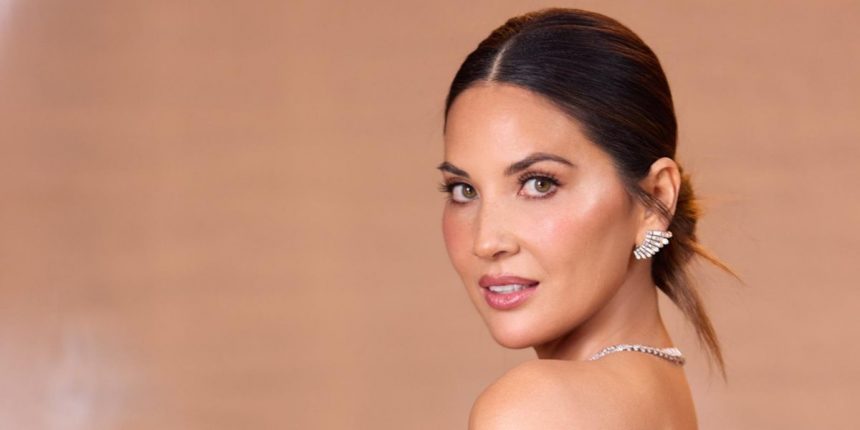When 43-year-old actress Olivia Munn shared on her Instagram that she had been diagnosed with an aggressive form of breast cancer, she not only received a lot of support, but also used her celebrity status to raise awareness about a little-known test that saved her life. The previous year, Munn was undergoing tests she had scheduled before going to Germany for the filming of her new sci-fi movie. She had her annual mammogram and even genetic testing for the BRCA mutation. Both tests came back normal. However, when her doctor took the additional step of using the Breast Cancer Risk Assessment Tool (BCRAT), which asks several questions about family history and reproductive health, Munn’s risk was 37%. It was high enough for her doctor to recommend an MRI that detected her cancer.
Munn’s life suddenly turned into a nightmare, and instead of going to Germany, she underwent major surgeries over a period of 10 months, including a double mastectomy, lymph node dissection, reconstructive surgery, and nipple-sparing mastectomy. In February 2024, she had her ovaries and uterus removed to prevent cancer recurrence. When Munn shared with the public what her cancer diagnosis meant for her, she attributed early detection to her doctor using the BCRAT. “I’m lucky. We caught it early enough to have options. I wish the same for any woman who may have to face this one day,” she posted on Instagram.
According to Dr. Mary Jane Minkin, a gynecologist at Yale New Haven Hospital and member of the advisory board of HealthyWomen, women should have mammograms every year starting at age 40. However, as with Munn, getting a mammogram is not always enough. “Mammograms do not detect 10-15% of cancers. They are not foolproof when it comes to breast health. In those cases, the risk assessment tool comes in handy,” said Minkin, who explained that detecting breast cancer early, as Munn did, leads to a high survival rate.
The BCRAT uses a woman’s personal information to estimate the risk of developing invasive breast cancer in the next 5 years and up to age 90. “Basically, it ensures that people with the highest risk undergo regular testing,” said Minkin. The tool evaluates age, age at first menstrual period, age at first live birth, number of first-degree relatives with breast cancer, number of previous breast biopsies, and presence of precancerous cells in the breast. “Being a woman is the greatest risk factor. The older we get, the higher the risk,” said Minkin. But there are many other factors to consider. “If you had your first period at 9 or 10 years old, you are at higher risk than someone who started menstruating at 15,” she explained. The number of children you have and the age at which you had them can also be a risk factor. Having multiple children before 35 reduces your risk. Genetics also play a significant role. The more first-degree relatives, i.e., your mother, daughters, or sisters, who have been diagnosed with breast cancer, the higher your risk.
The BCRAT, available online and in your healthcare provider’s office, analyzes all your information and provides a risk assessment score. People with a score of more than 20% should have annual mammograms and breast MRIs starting at age 30. While the BCRAT can save lives, it has limitations. The tool does not replace genetic testing and cannot accurately assess the risk for women carrying the BRCA1 and BRCA2 mutations or those with a history of breast cancer. It evaluates group-level risk and not individual risk, providing the average breast cancer risk for a group of women with similar risk factors.
If you use the online tool, discuss the results with your healthcare provider to ensure you are interpreting them correctly. If you have a high risk, find a trusted expert to advocate for you to undergo appropriate testing and receive the care you need. Having a high score on the BCRAT does not mean you need a mastectomy. “There are medications that can be used to reduce risk and things individuals can do on their own,” said Minkin. Limiting alcohol consumption, regular exercise, maintaining a healthy weight, and not smoking can help. “Regardless of your risk, stay vigilant about what’s happening in your breasts.” If you notice any changes, do not ignore them. This educational resource was prepared with the support of Daiichi Sankyo and Merck.





